Myeongdong Beer Festival (명동맥주페스티벌)
5.5Km 2025-05-20
14, Myeongdong-gil, Jung-gu, Seoul
+82-70-8670-2182
Myeongdong Beer Festival provide a chance to find one's preference through beer. Enjoy the cool fall weather with fun people all around.
Åland - NOON SQUARE Branch [Tax Refund Shop] (에어랜드눈스퀘어점)
5.5Km 2024-06-27
14, Myeongdong-gil, Jung-gu, Seoul
-
Nampo Myeonok (남포면옥)
5.5Km 2024-03-07
24, Eulji-ro 3-gil, Jung-gu, Seoul
+82-2-777-3131
Located near Seoul City Hall and Cheonggyecheon Stream, Nampo Myeonok is a traditional Korean restaurant. Opened in 1968, it has been recognized by the Michelin Guide several times. Their specialty is pyeongyang naengmyeon (pyeongyang cold buckwheat noodles). The restaurant also serves a variety of other dishes that are the most commonly found in Korea, including galbi tang (galbi soup), bulgogi, mandu soup, and yukgaejang (spicy beef soup).
Etude house myeongdong chungmuro [Korea Quality] / 에뛰드하우스(명동충무로점) [한국관광 품질인증]
5.5Km 2020-09-10
24-1, Myeongdong 8na-gil, Jung-gu, Seoul
+82-2-777-1704
Etude House is a cosmetics brand that sells makeup, hair, and fragrance products. The Etude House Myeongdong Chungmuro Branch, located in the heart of a major shopping district, carries a wide selection of cosmetics that customers may test before purchasing. Moreover, the brightly lit store interior, designed with a princess bedroom decor, adds fun to the experience.
It is visited largely by foreign customers from Japan, Thailand, China and other East Asian countries. To facilitate an easy shopping experience, the shop always has foreign staff available to assist. The most popular items include creams made using snail extract, lipsticks and eye shadows. Etude House also has many sales on facial mask packs, and tax refunds are available.
Chojun Textile & Quilt Art Museum (초전섬유ㆍ퀼트박물관)
5.5Km 2024-03-06
29, Toegye-ro 16-gil, Jung-gu, Seoul
+82-2-753-4074~5
Opened in 1998, Chojun Textile & Quilt Art Museum is the only textile art museum in Korea. Visiotrs can learn about the excellence and tradition of Korean textiles by observing a wide range of domestic and international textile artworks. In addition to exhibiting its collection, the museum also holds special exhibitions as well as textile and quilt competitions, giving visitors the opportunity to get up close and personal with textile artworks.
Mugyodong Geujip (무교동그집)
5.5Km 2021-03-18
8, Namdaemun-ro 9-gil, Jung-gu, Seoul
+82-2-319-0075
This Korean cuisine is located near Euljiro 1(il)ga Station, Seoul. The representative menu is assorted savory pancakes. A great store to visit on a rainy day.
Innisfree - Myeong-dong Branch (이니스프리 명동점)
5.5Km 2016-10-12
15, Myeongdong-gil, Jung-gu, Seoul
+82-2-776-0117
Innisfree is a mid-price ranged cosmetic brand popular among a wide range of consumers. Deeply loved by teens and young women who share their belief in preserving the balance of nature by purchasing eco-friendly and green life products, the brand focuses on marketing their use of unharmful ingredients as well as the benefits of their 'pure ingredient' lines.
Toxnfill Clinic - Myeong-dong Branch [Tax Refund Shop] (톡스앤필의원 명동점)
5.5Km 2024-06-27
84, Namdaemun-ro, Jung-gu, Seoul
-
KATSUYA (가쯔야)
5.5Km 2021-03-18
46, Dadong-gil, Jung-gu, Seoul
+82-2-772-9023
This Japanese cuisine is located near Euljiro 1(il)ga Station, Seoul. The representative menu is pork cutlet. A restaurant serving Japanese-style pork cutlet.
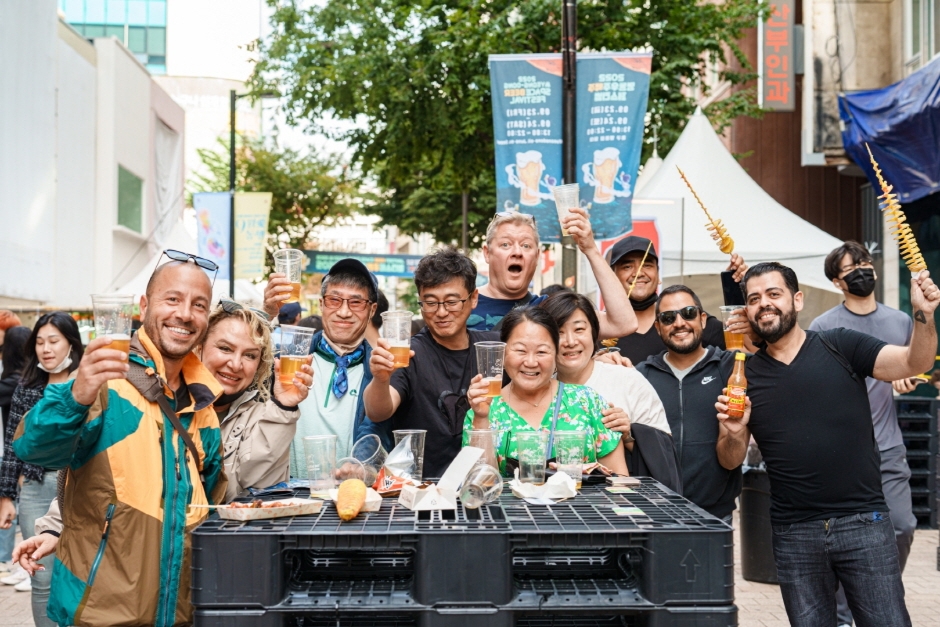
![Åland - NOON SQUARE Branch [Tax Refund Shop] (에어랜드눈스퀘어점)](http://tong.visitkorea.or.kr/cms/resource/60/2887760_image2_1.jpg)
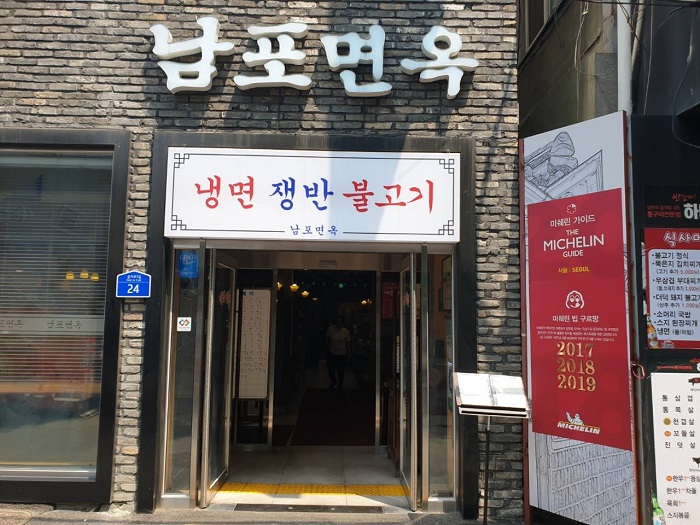
![Etude house myeongdong chungmuro [Korea Quality] / 에뛰드하우스(명동충무로점) [한국관광 품질인증]](http://tong.visitkorea.or.kr/cms/resource/76/2531876_image2_1.jpg)

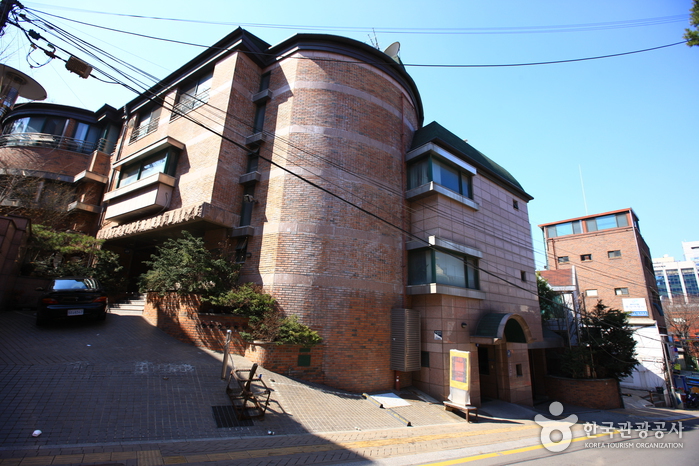
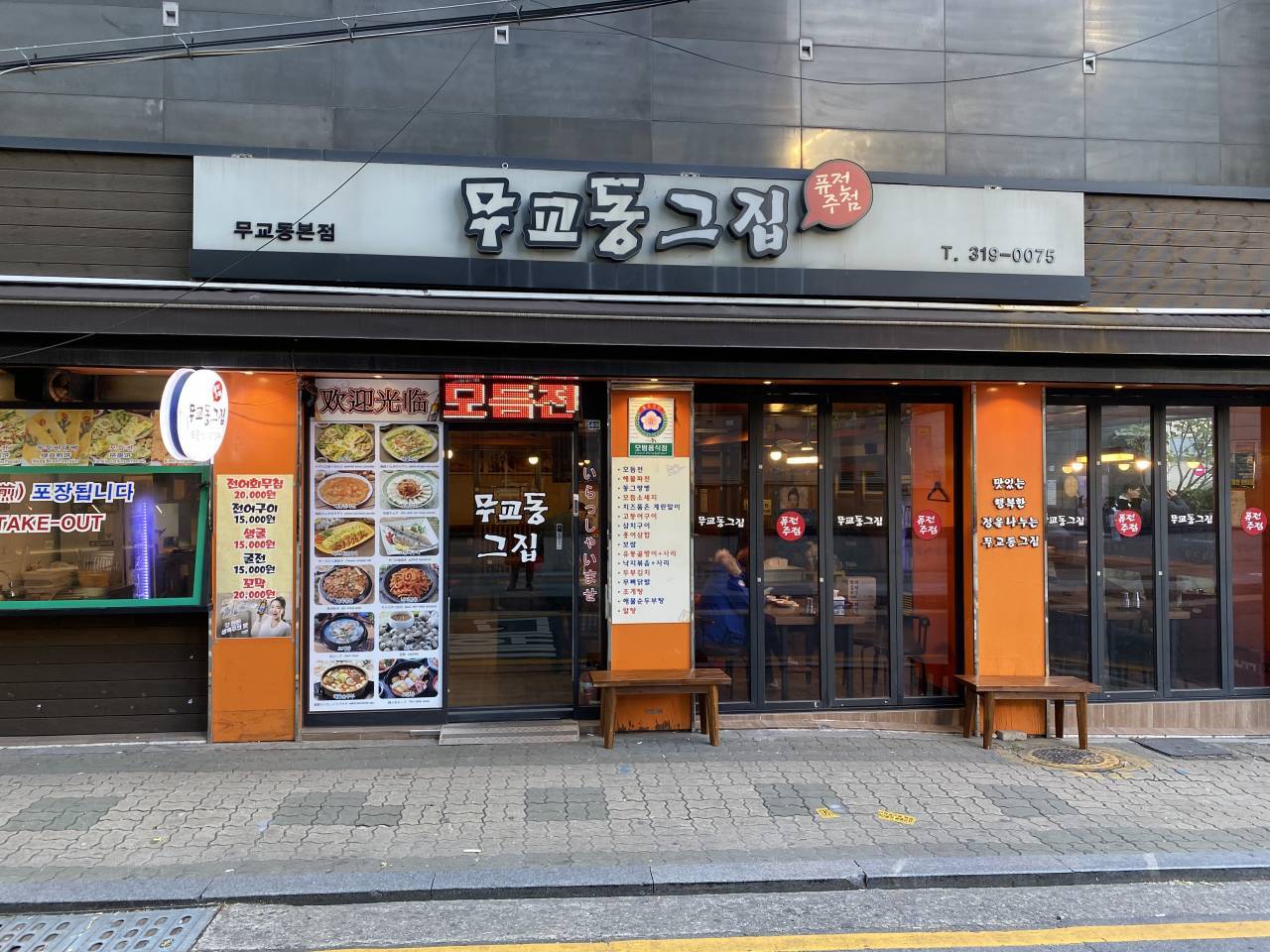
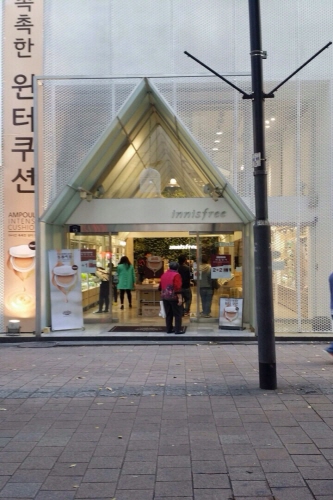
![Toxnfill Clinic - Myeong-dong Branch [Tax Refund Shop] (톡스앤필의원 명동점)](http://tong.visitkorea.or.kr/cms/resource/51/3314551_image2_1.jpg)
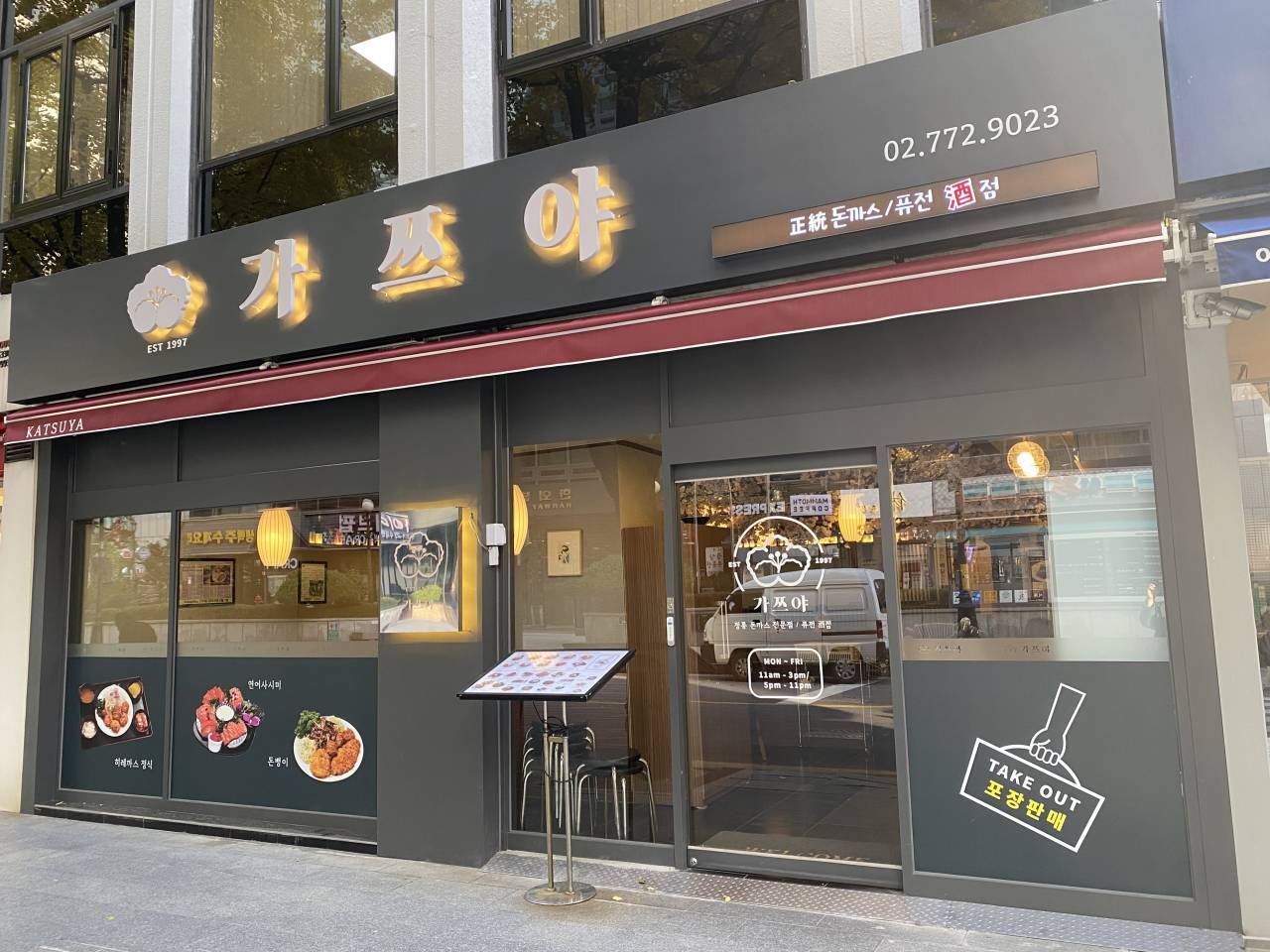
 English
English
 한국어
한국어 日本語
日本語 中文(简体)
中文(简体) Deutsch
Deutsch Français
Français Español
Español Русский
Русский